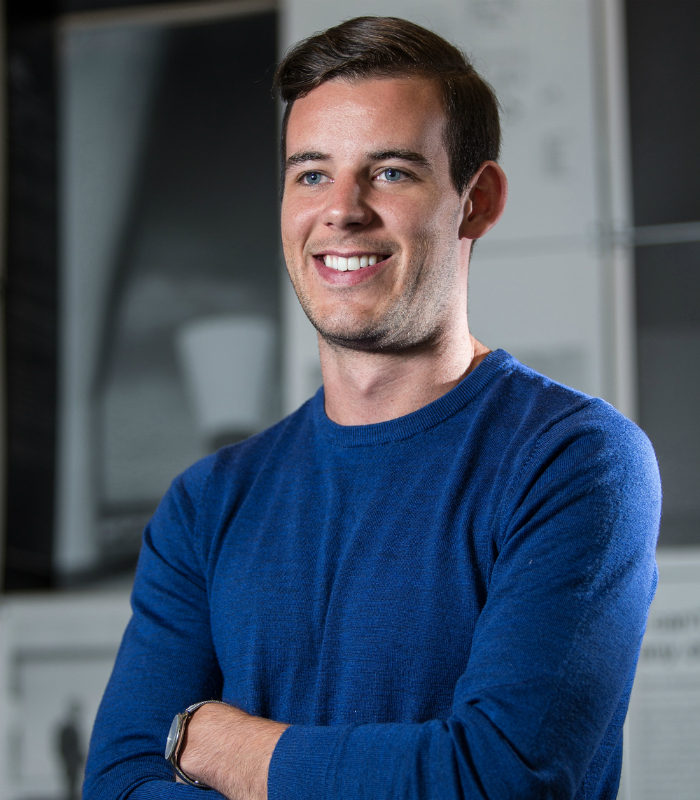As Daniel's father worked in construction, his family homes were always part building site growing up and it felt natural that he too aspired for a career in the industry.
In school I was hard-working, creative and practical, so I chose my A-Levels based on my strengths to focus on becoming an architect. I loved university - moving away from home and making friends presented a new perspective on my future and I started to relax, becoming confident in my own diversity as I moved into the world of work.

I am writing this piece from a privileged position - living in the UK with laws in place to protect LGBTQ+ rights and a social culture which is rapidly becoming more diverse and accepting. However, more importantly for me, I grew up in a small Northumbrian town where homosexuality was anything but the norm, where kids and adults would often mimic femininity in a man and use 'gay' as an insult. Gay adolescence forces you to grow up at an accelerated rate. Reflecting on my childhood I was always conscious of my diversity, but I never felt enabled to face the obvious. Our society assumes that everyone is straight, so telling my friends otherwise seemed terrifying at school. Instead, I chose to remain in denial and ‘straight’. It’s encouraging and so important to see gay role models in pop culture today filtrate in to families to start conversations and a wider support network.
In 2016, I came out to friends, family and colleagues at Ryder, all of whom showed their undeniable support and acceptance. I am proud to be gay, just as people are patriotic in the World Cup. With renowned talents like Andy Warhol, Tom Ford and George Michael, there are many creative gay role models who have made history - however, this isn’t as well represented in the world of architecture. With an ultra-masculine culture, the construction industry does still have issues with homophobia and inclusivity, creating significant barriers to progression for LGBTQ+ colleagues.
Even in 2018, being gay can be tricky to navigate. LGBTQ+ youths are four times more likely to attempt suicide, and it’s not hard to see why. Hate crimes are on the rise and some countries are charging those openly LGBTQ+ with life imprisonment or the death penalty! Even in the macho and repressive world of construction, we see an imbalance of gay and female role models.
At Ryder, I have been involved in a wide range of projects. Most recently, I have worked on a 535 bed residential scheme and the exciting Giants on the Quayside development, which includes what is proposed to be Europe’s largest observation wheel. As part of the Great Exhibition of the North, I worked on Ryder’s Horse to Hyperloop exhibition - a great opportunity to engage with the wider public as an architectural practice, sharing our background and what we do today.
The fundamental aspect of using material, colour and light to create architecture will never bore me. Following wider trends in fashion, interior design and technical innovation shift the way I work to improve my craft. Being an architect gives you the opportunity to connect with people from all walks of life, from delivering a design alongside clients and contractors, to the end user whose passion and enthusiasm for what you’re creating means so much. These ever changing interactions related to our profession is what I love about my job the most.
Discussing our diversity is vital in developing our relationships, mutual respect, and an understanding across the board. Conversations on such topics in the workplace are often avoided for fear of saying the wrong thing, or simply not knowing what to say. This goes for the gay employee too - often these people are confiding in anonymity for fear of being faced with homophobia, and as a result become detached from their colleagues.
Naturally, workforces are becoming more diverse with people from different racial, educational and social backgrounds and a wide age range which can only encourage creativity and foster innovation. It’s more important than ever to start a discussion to raise awareness of the positive impacts diverse and inclusive workplaces can have, not just for LGBTQ+ architects, but for everyone.
Daniel Mossman, Ryder Architecture



